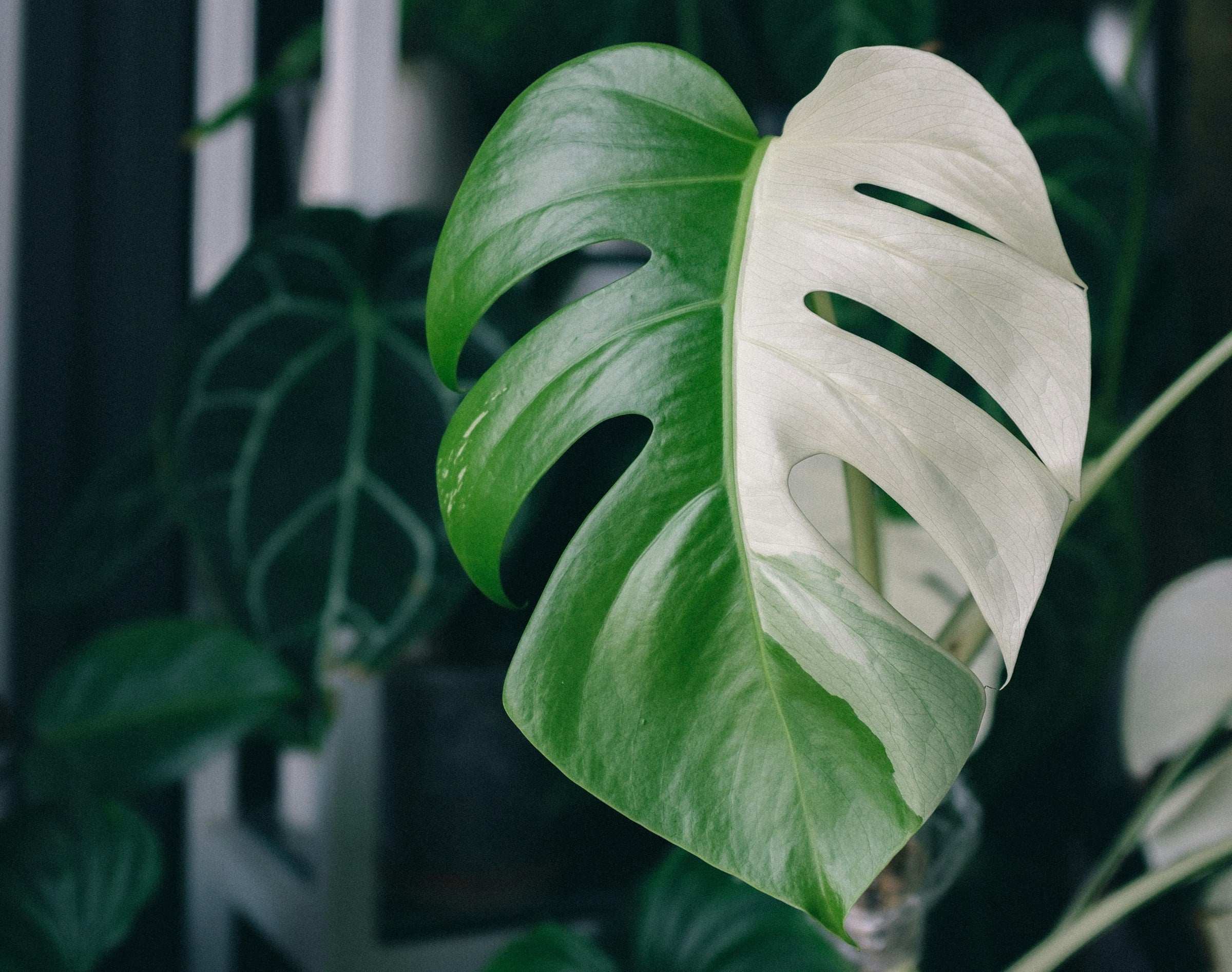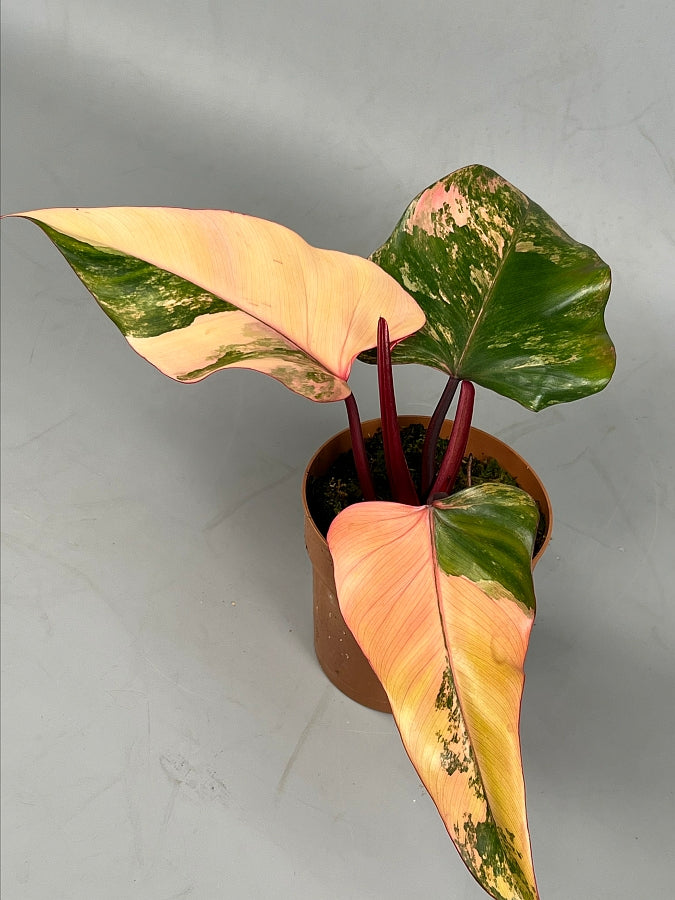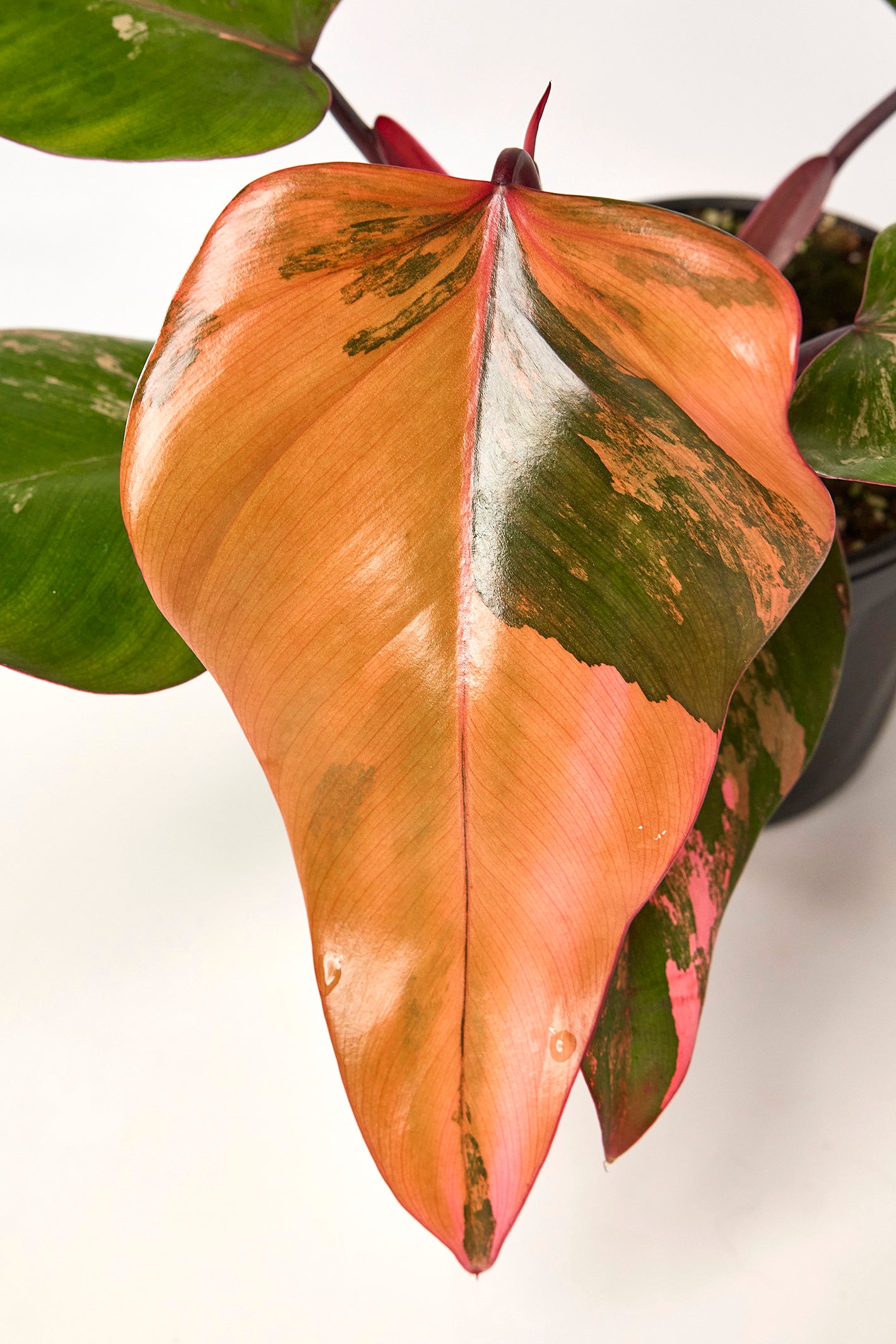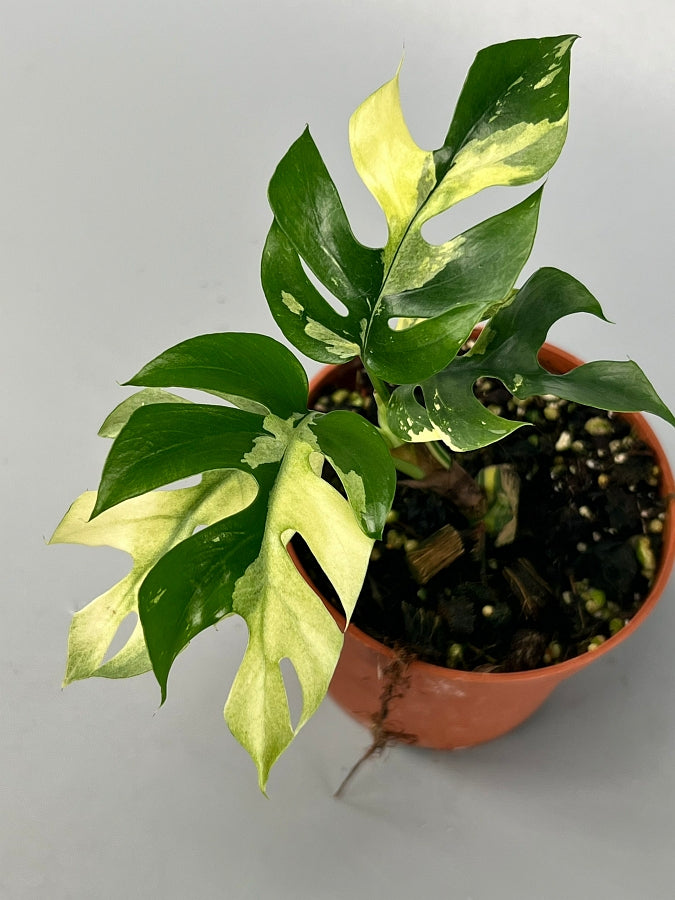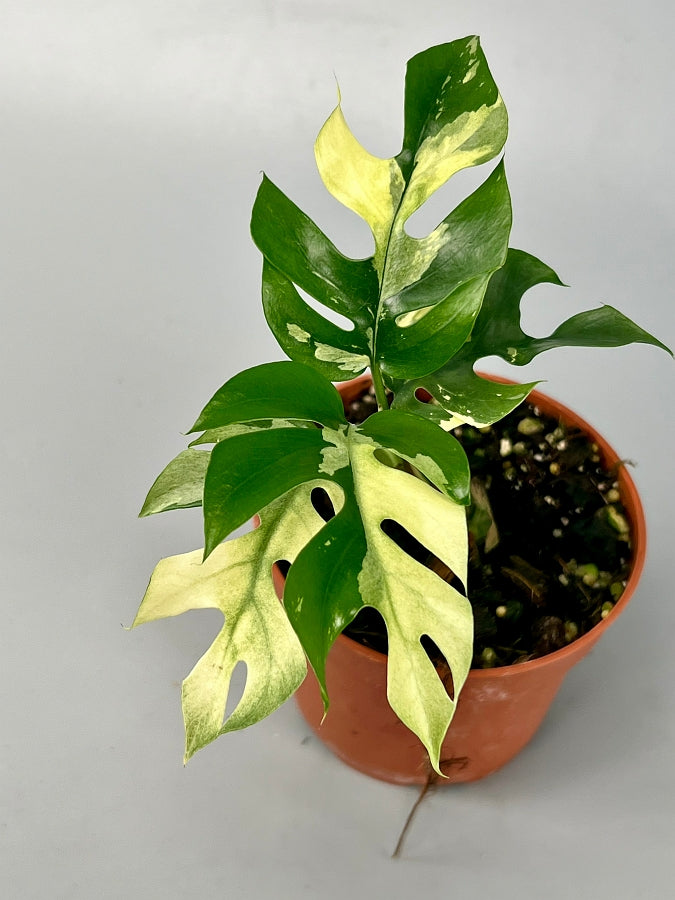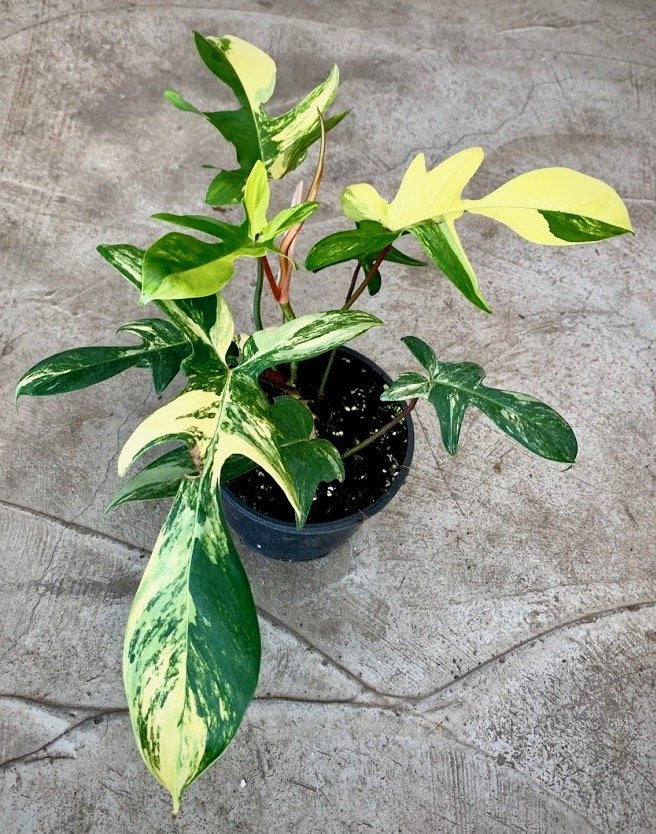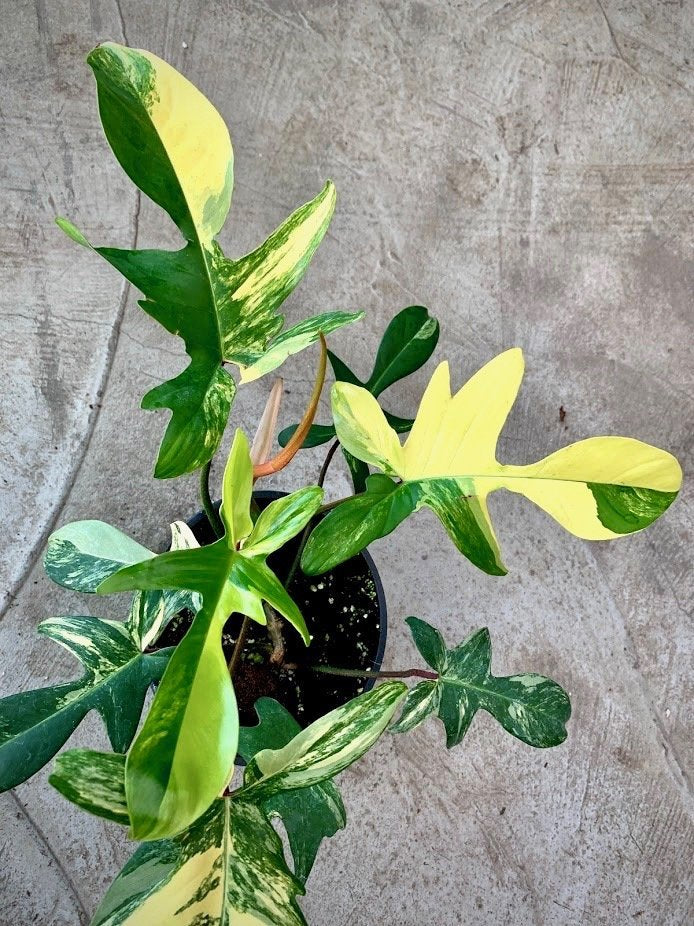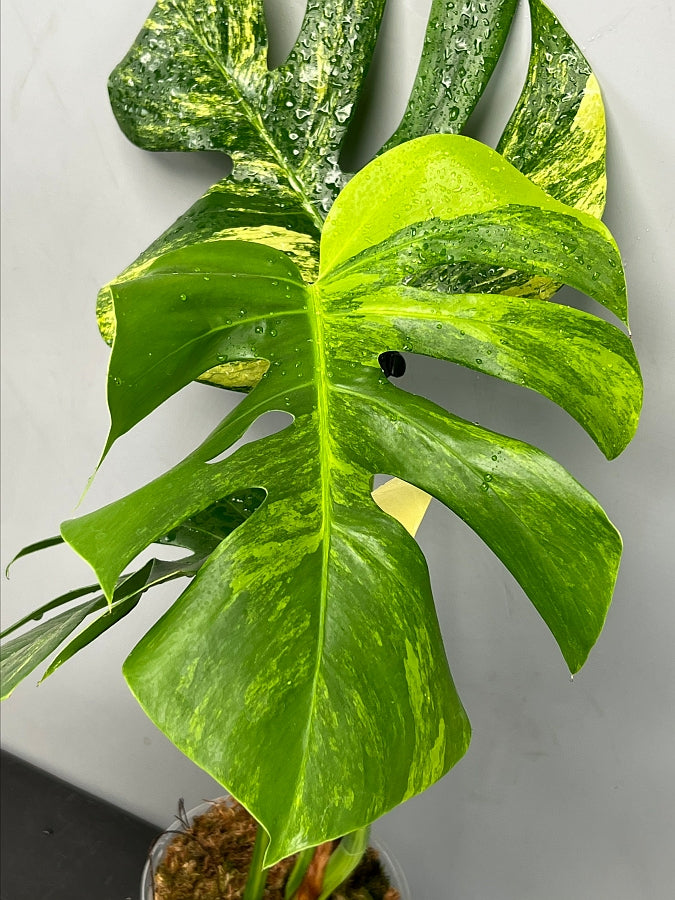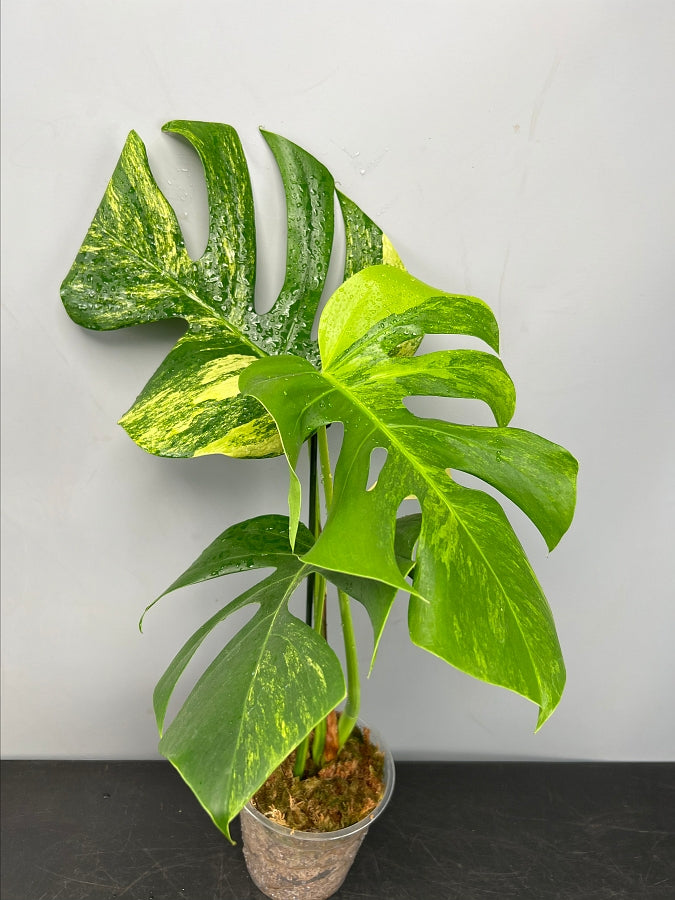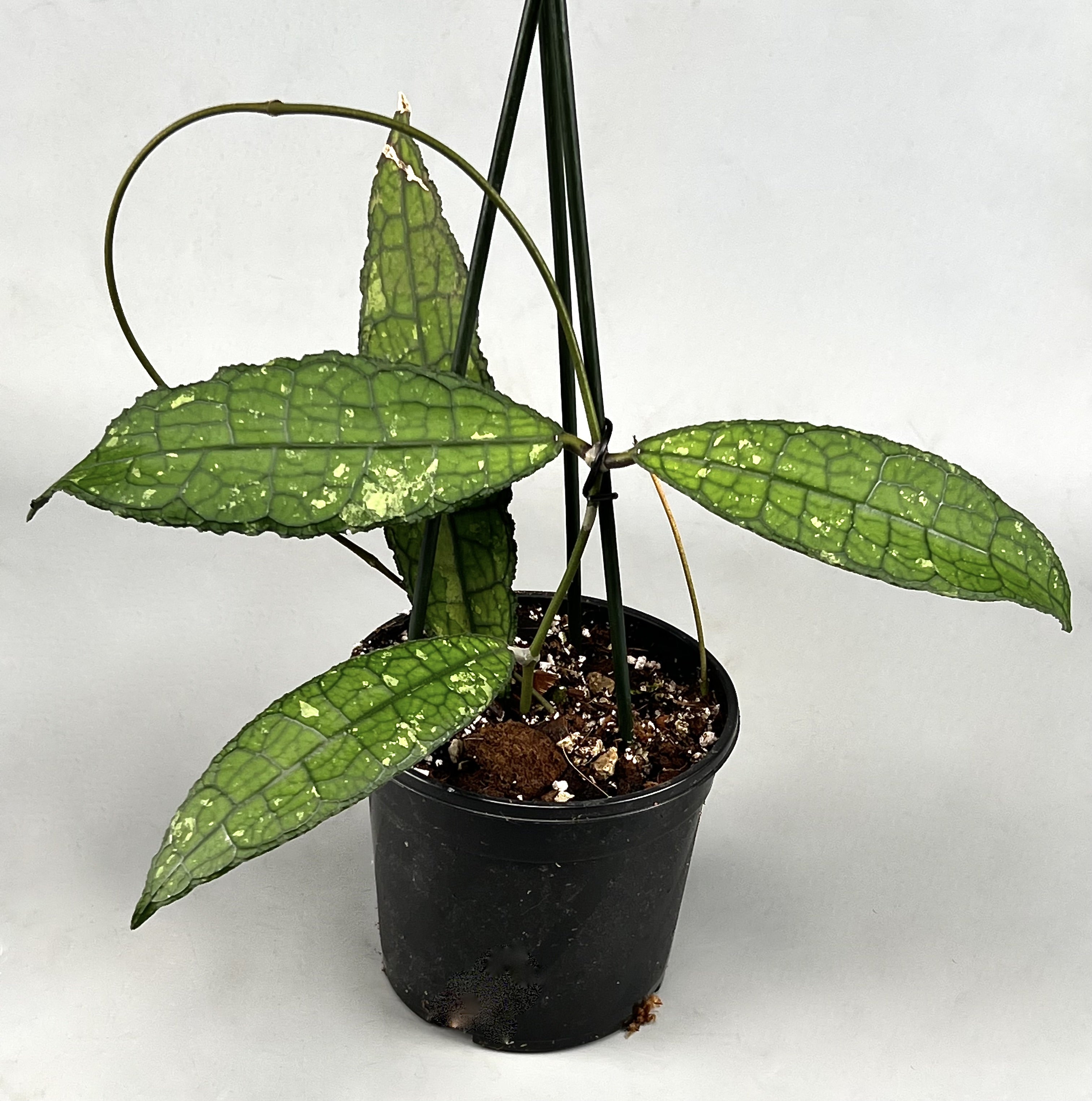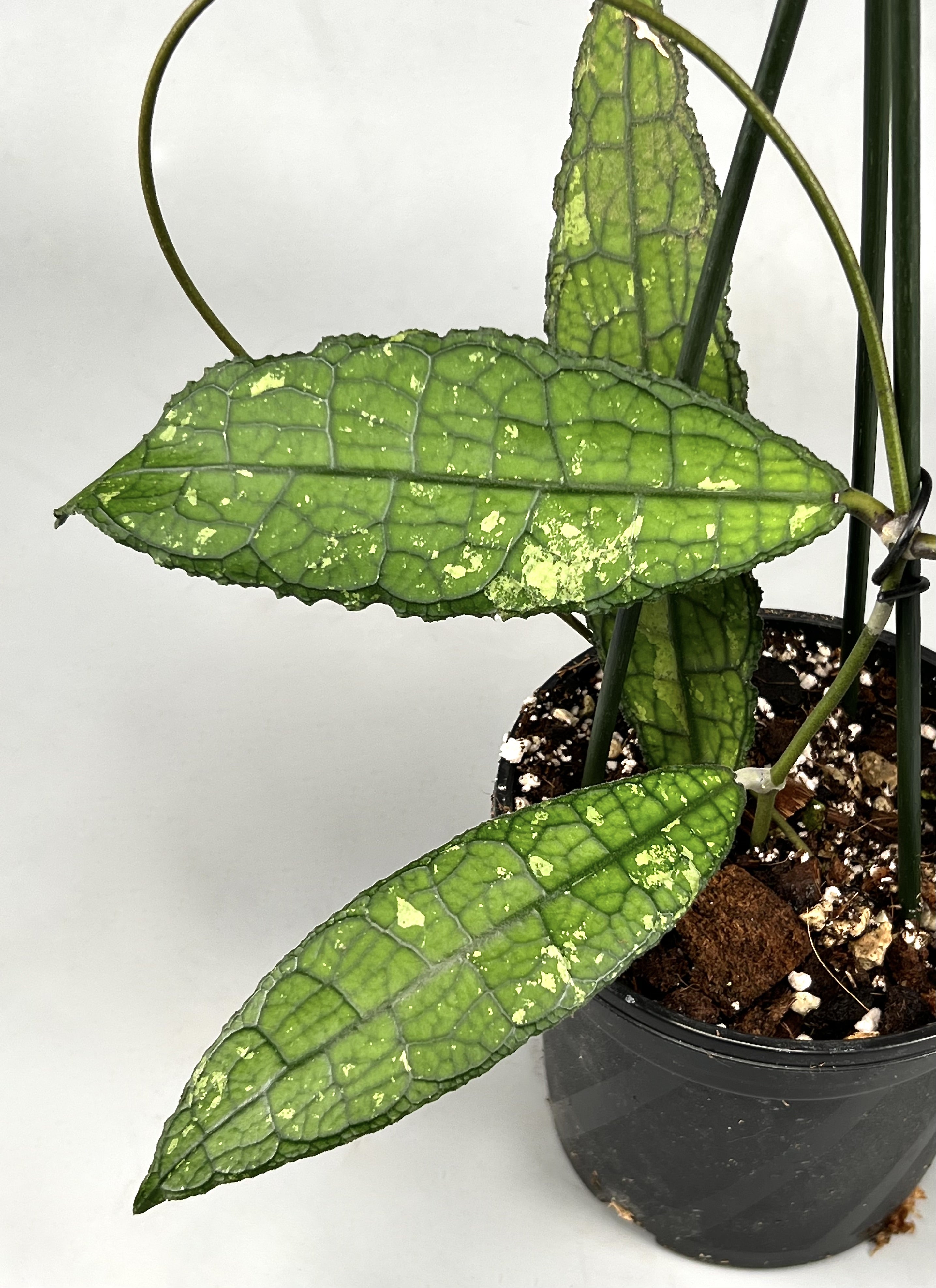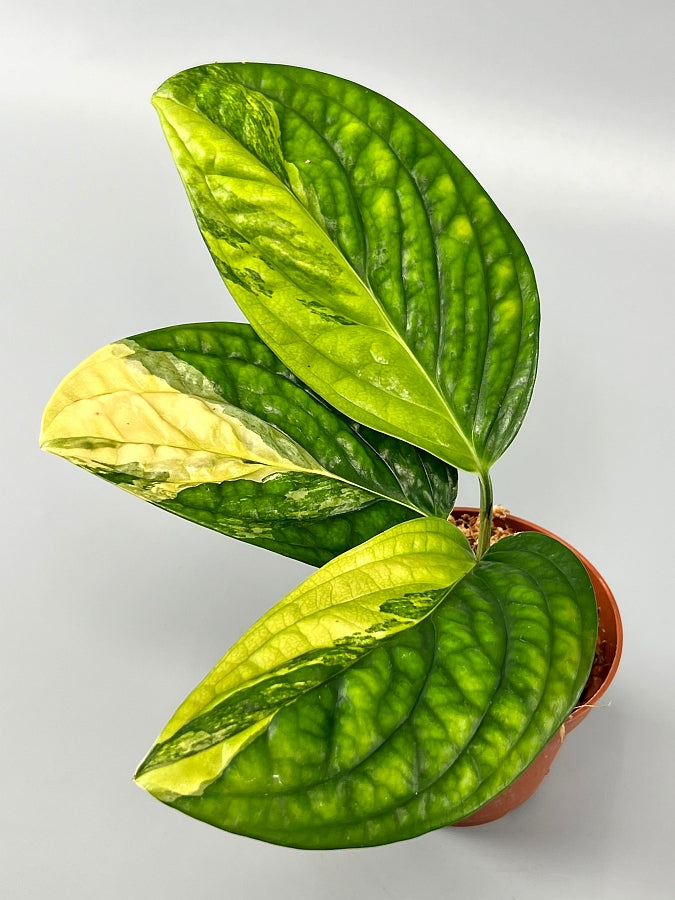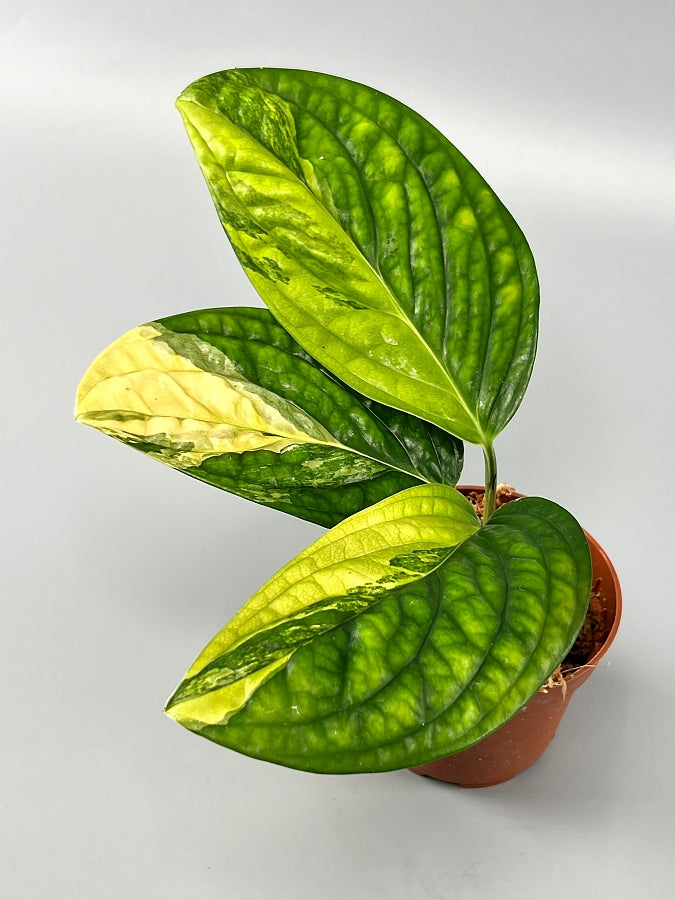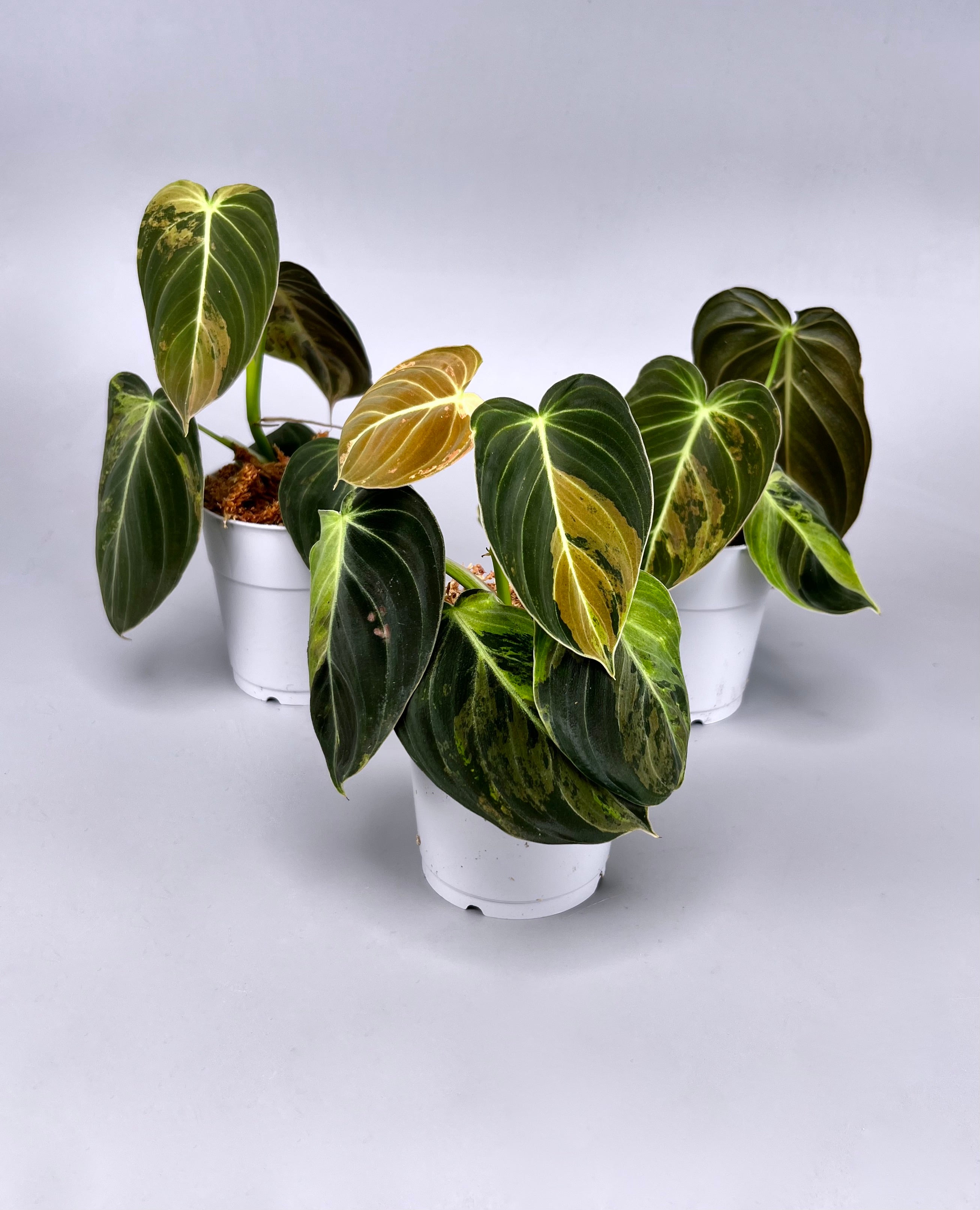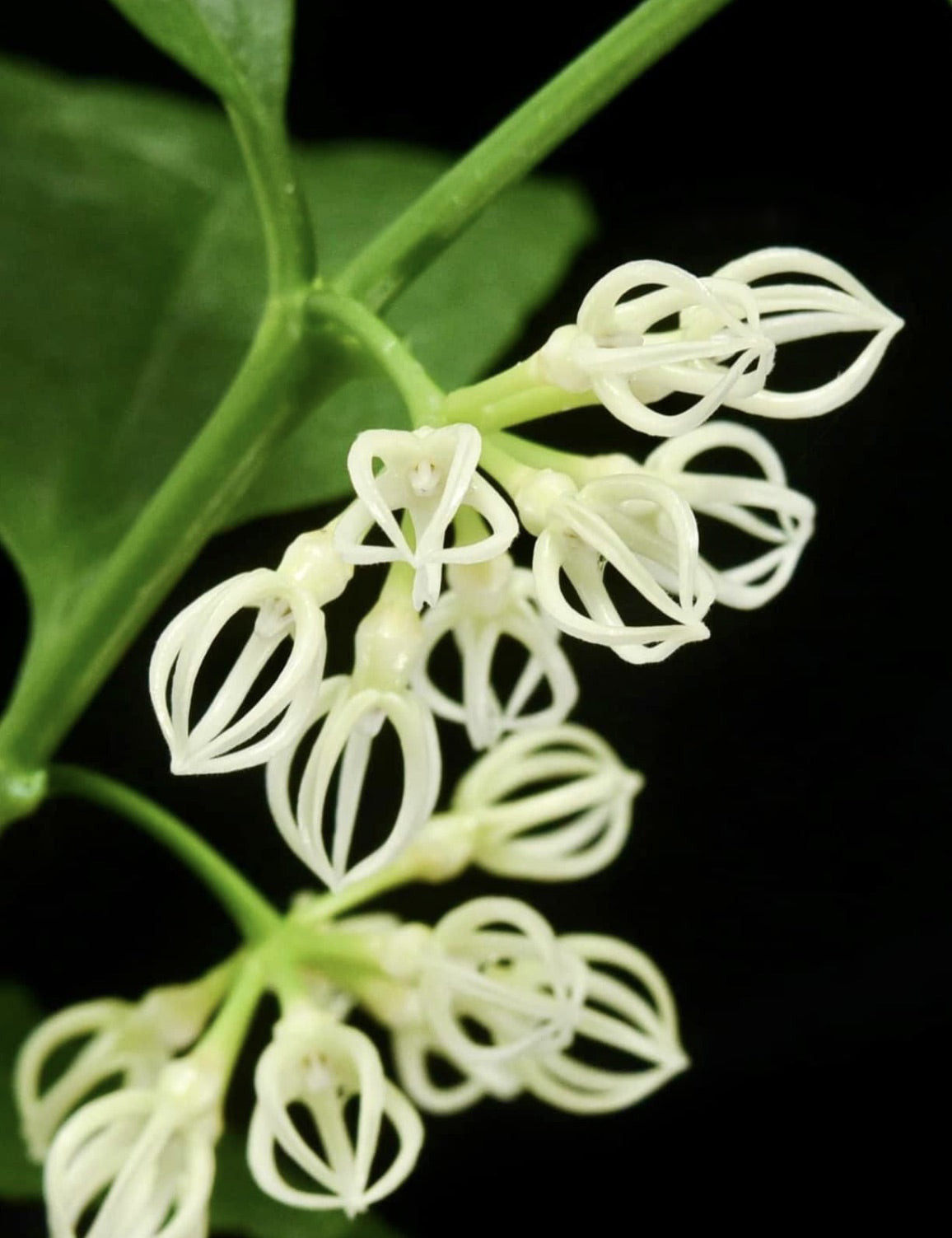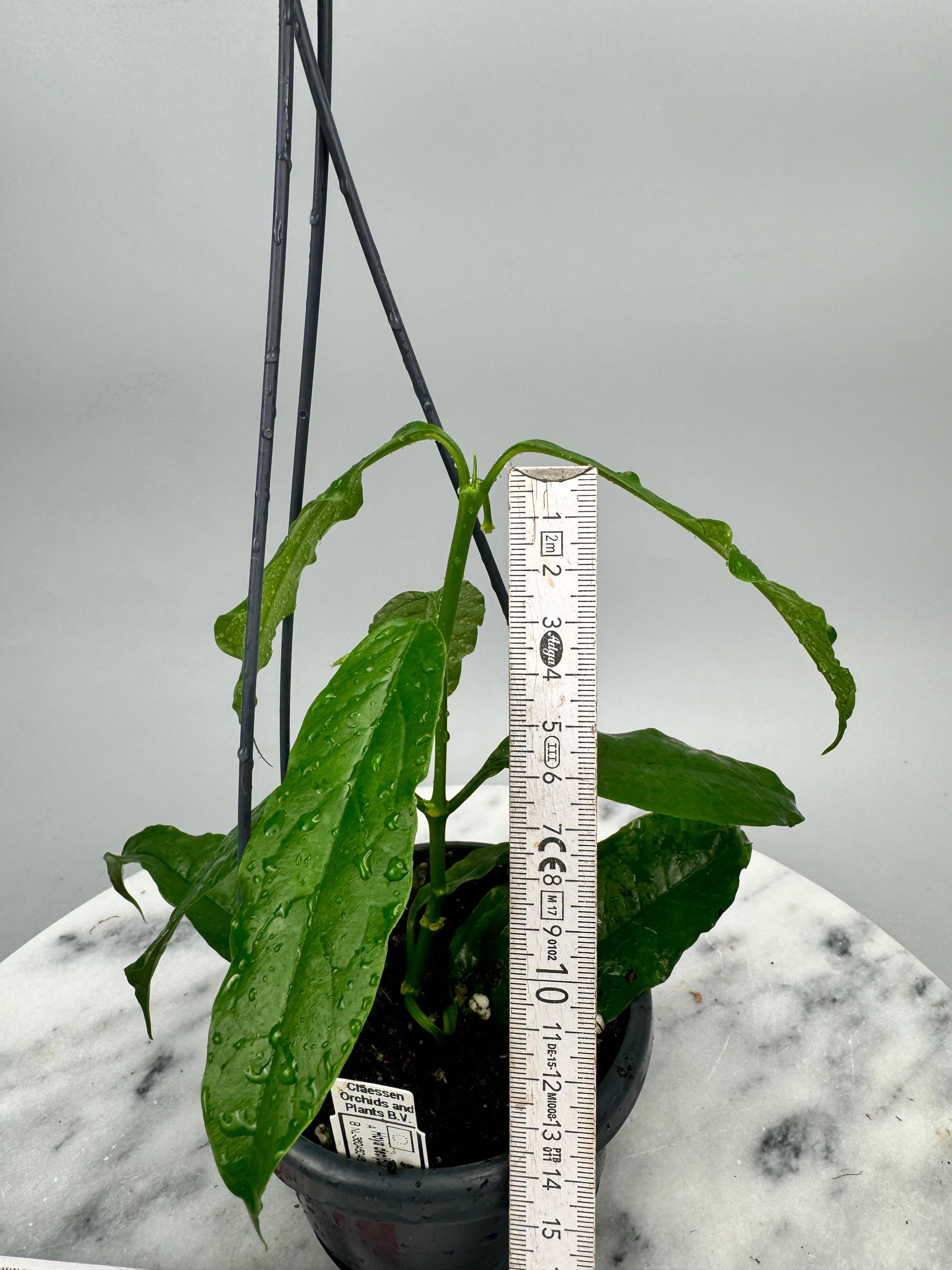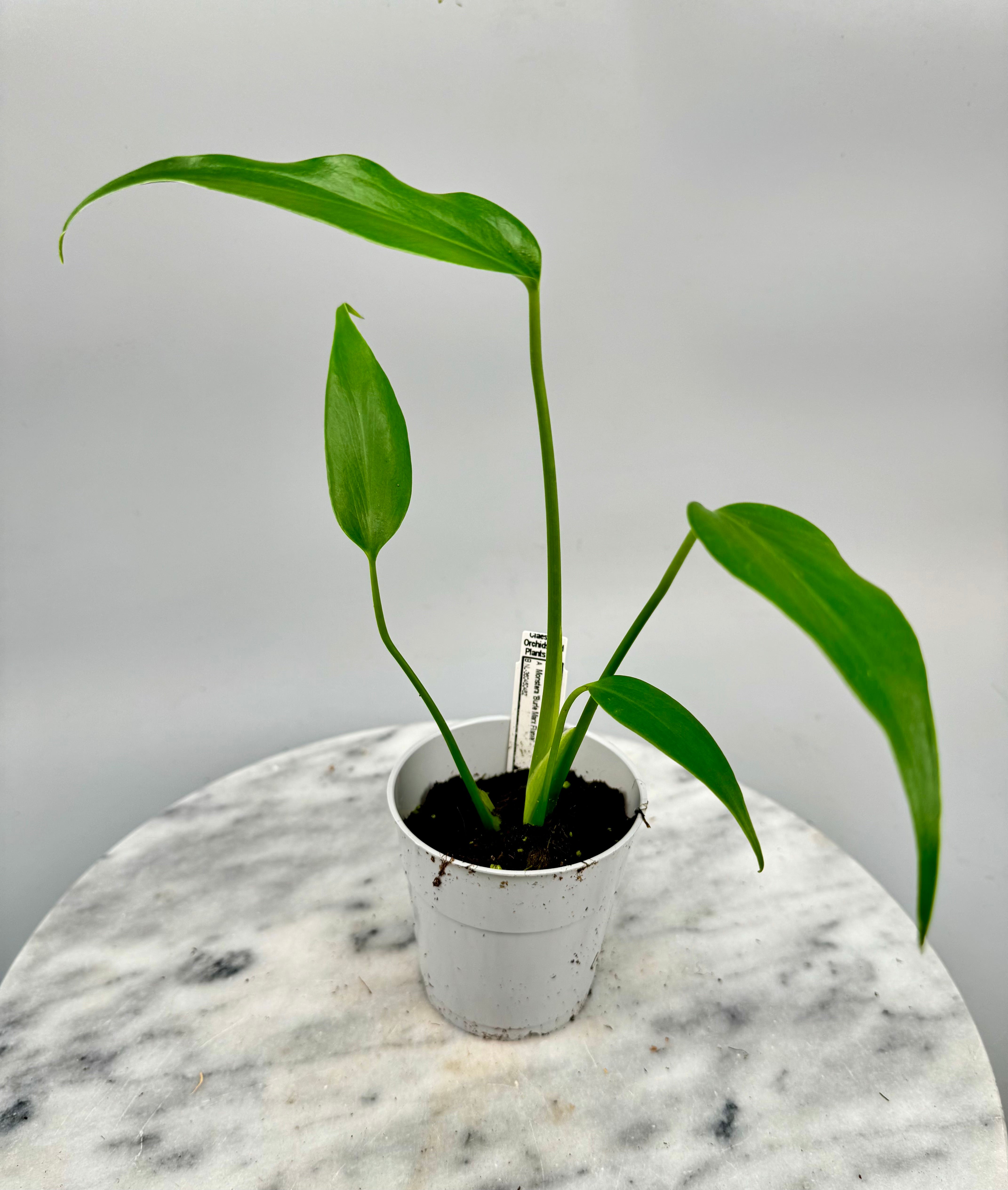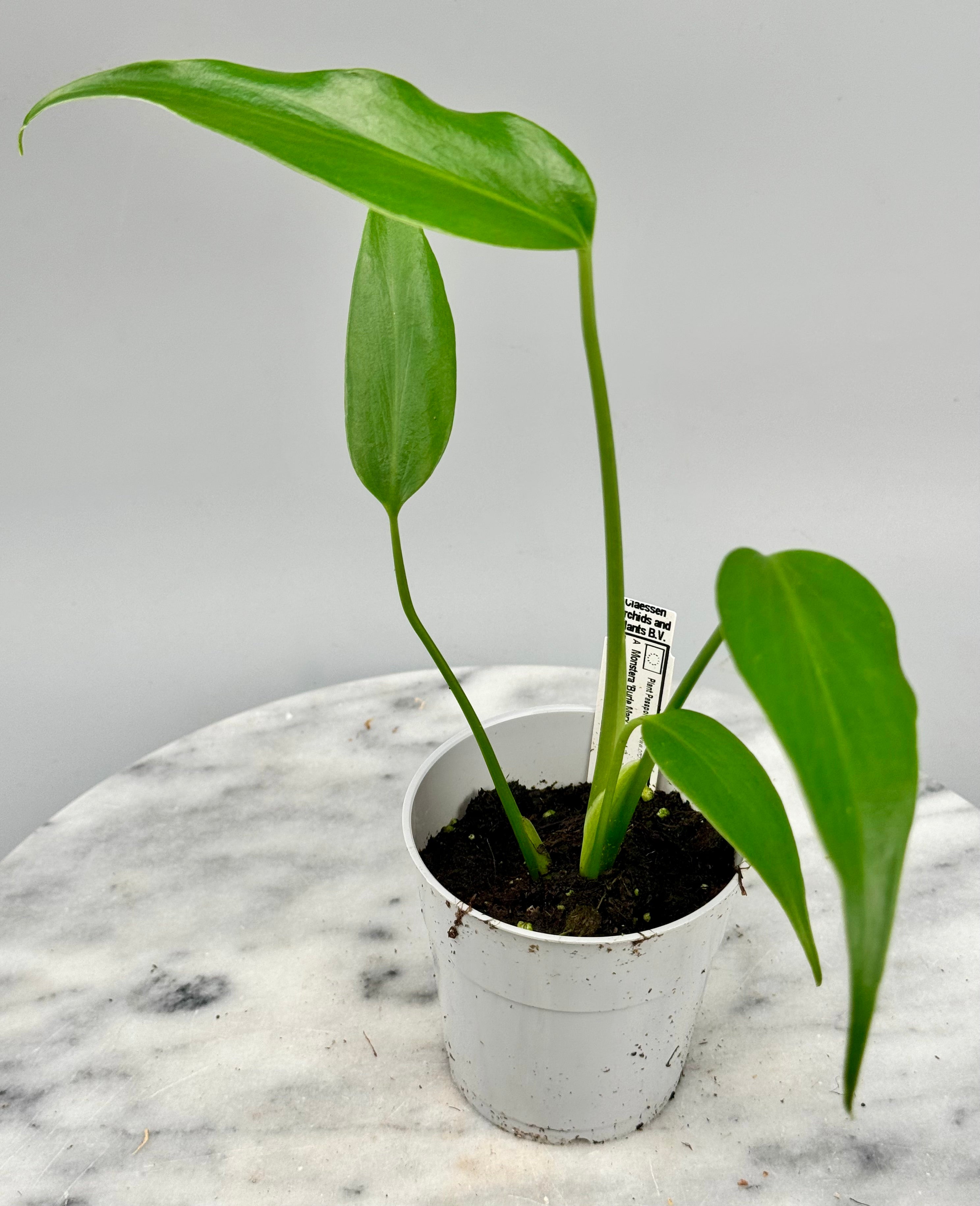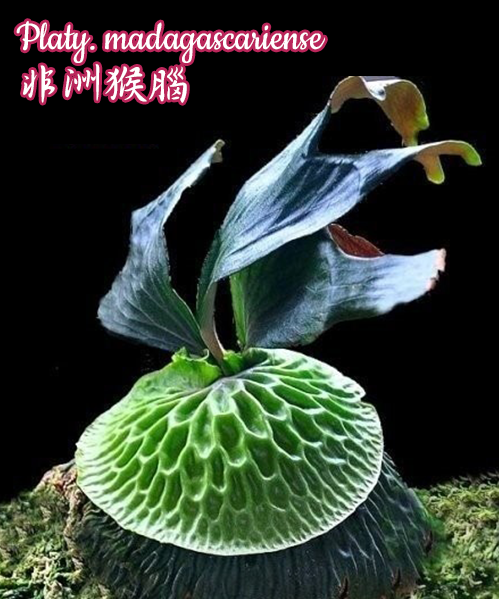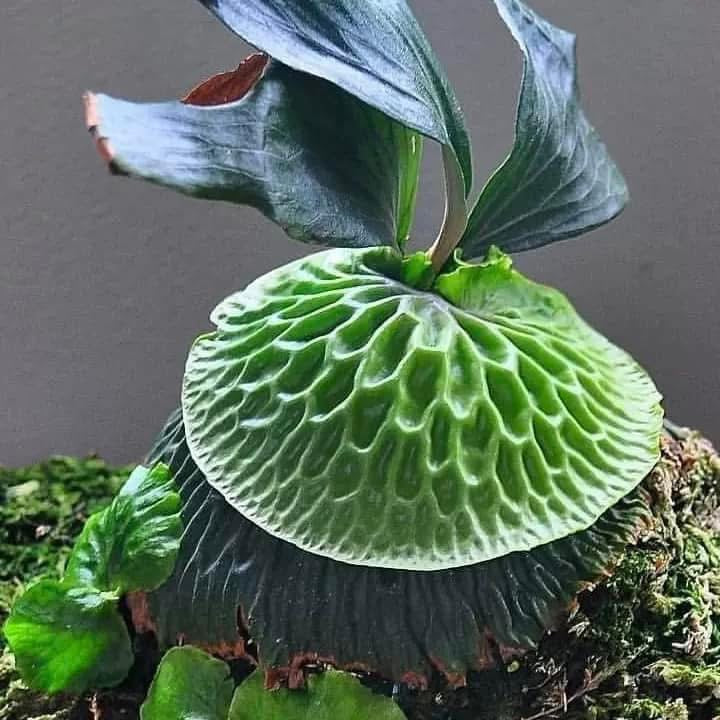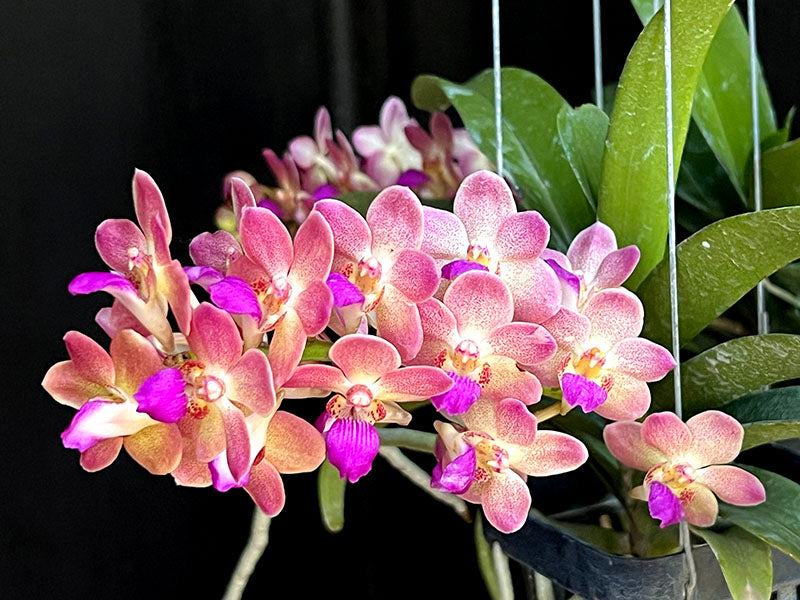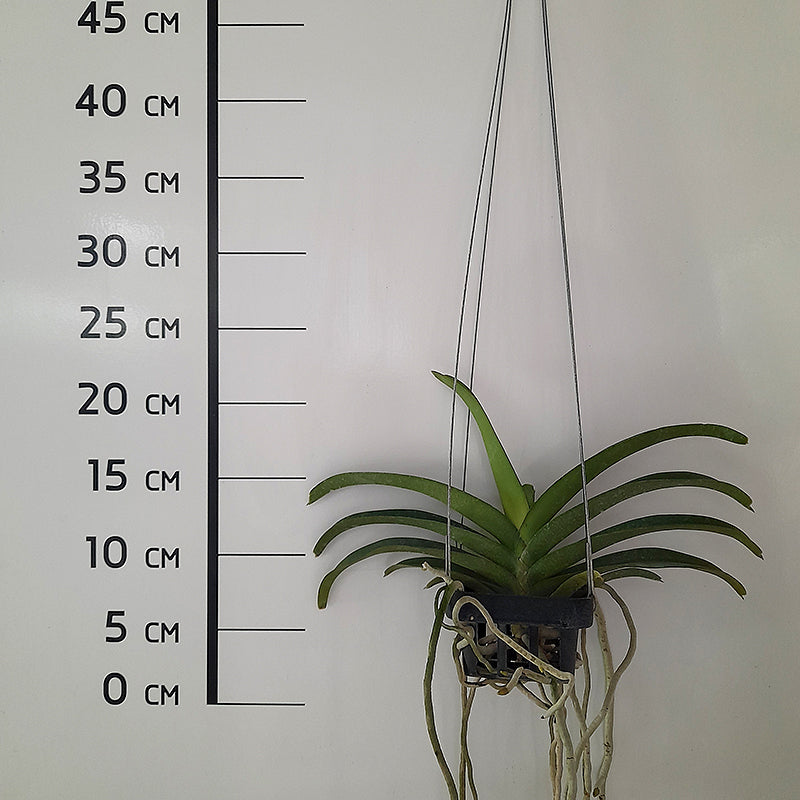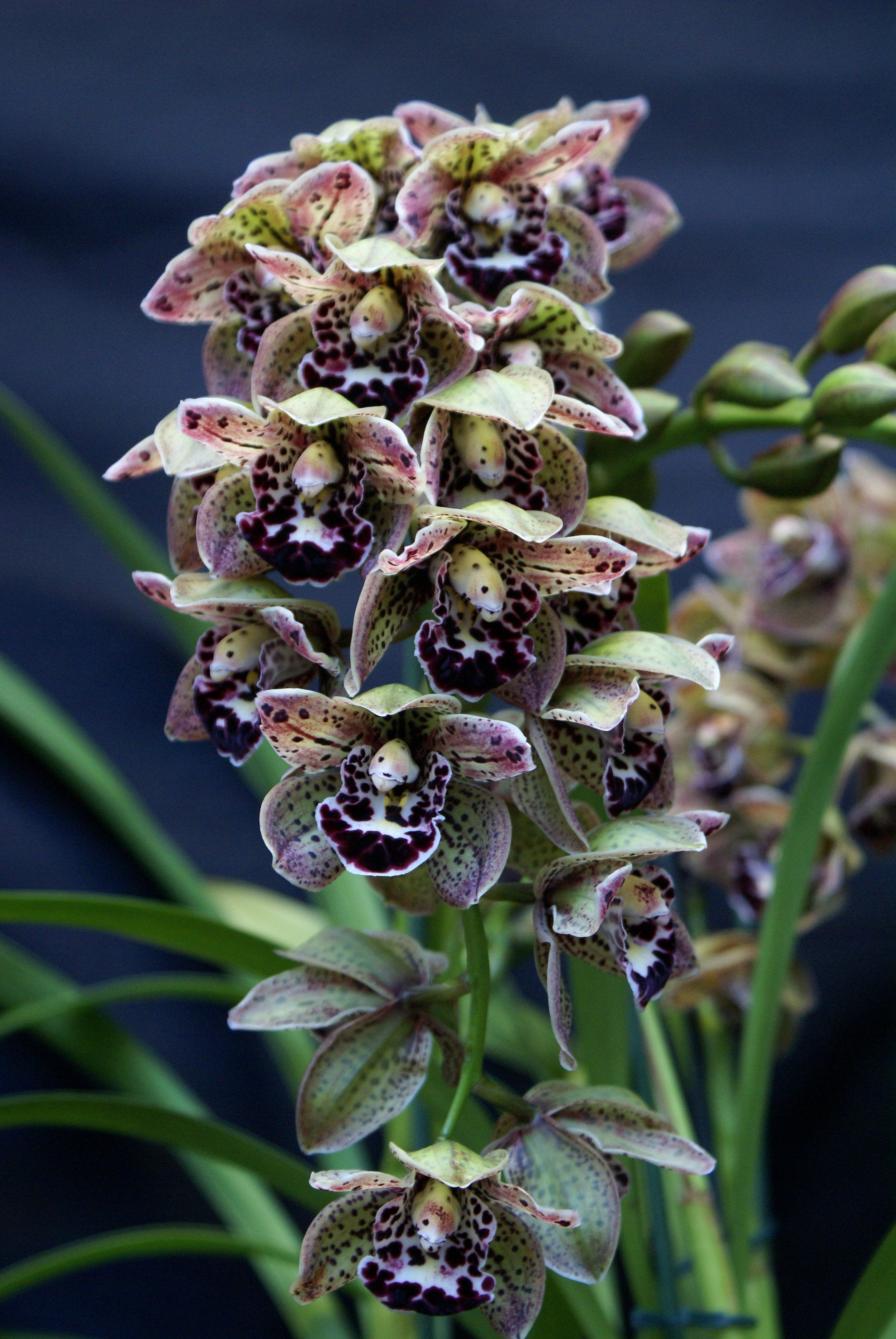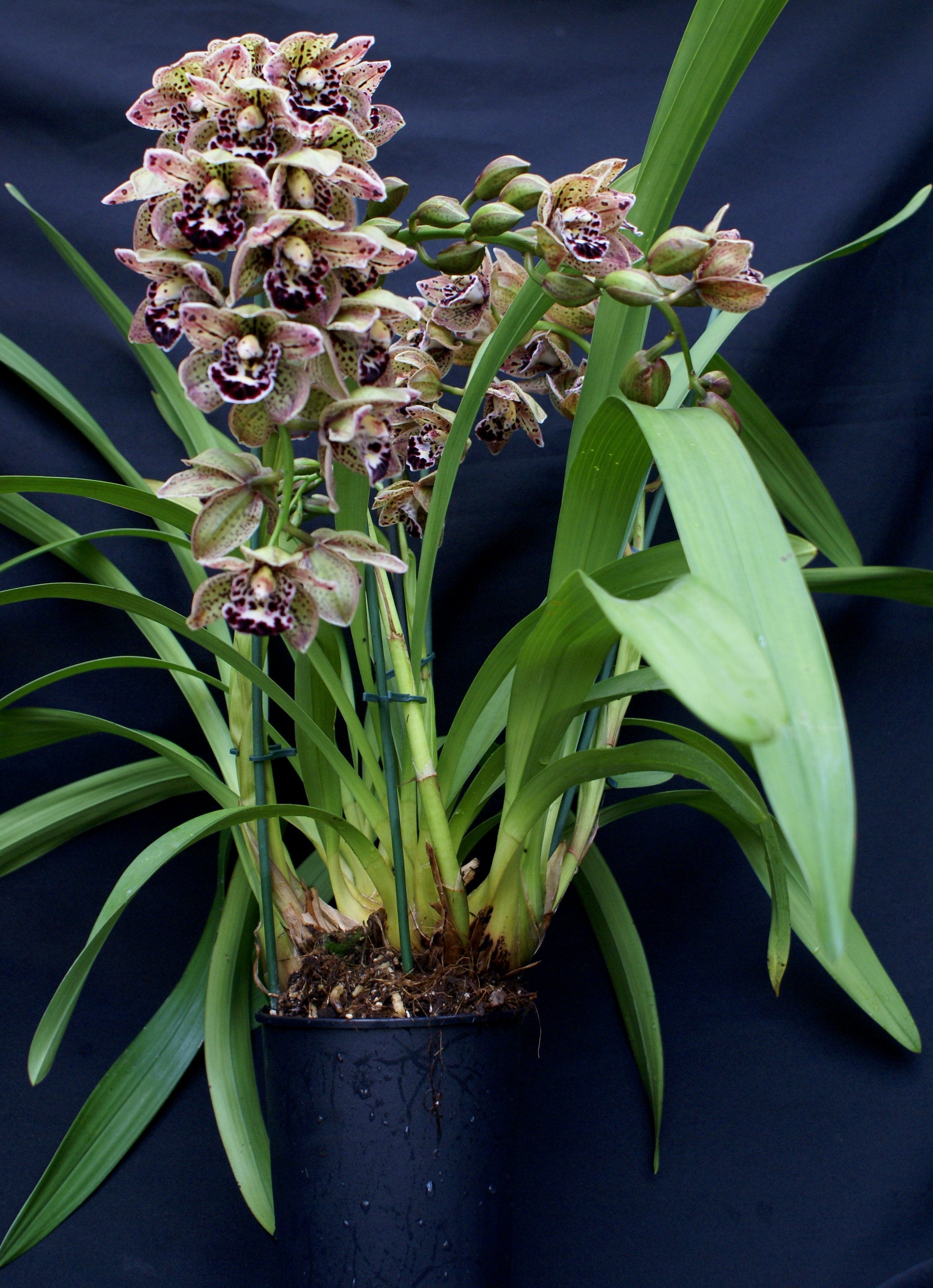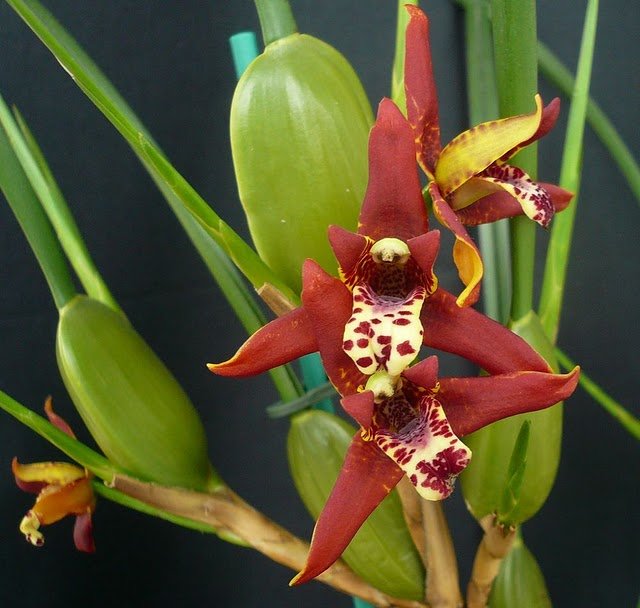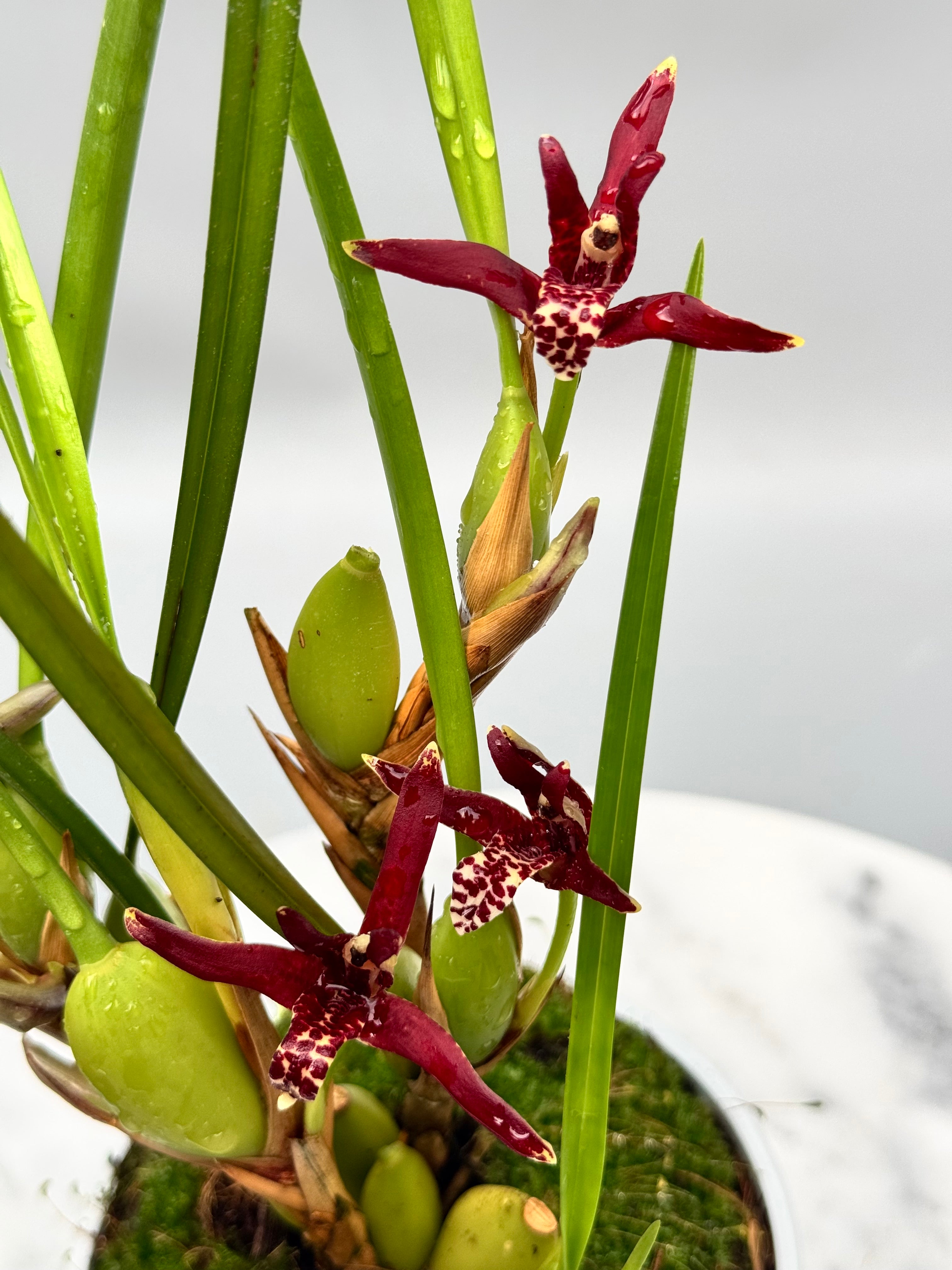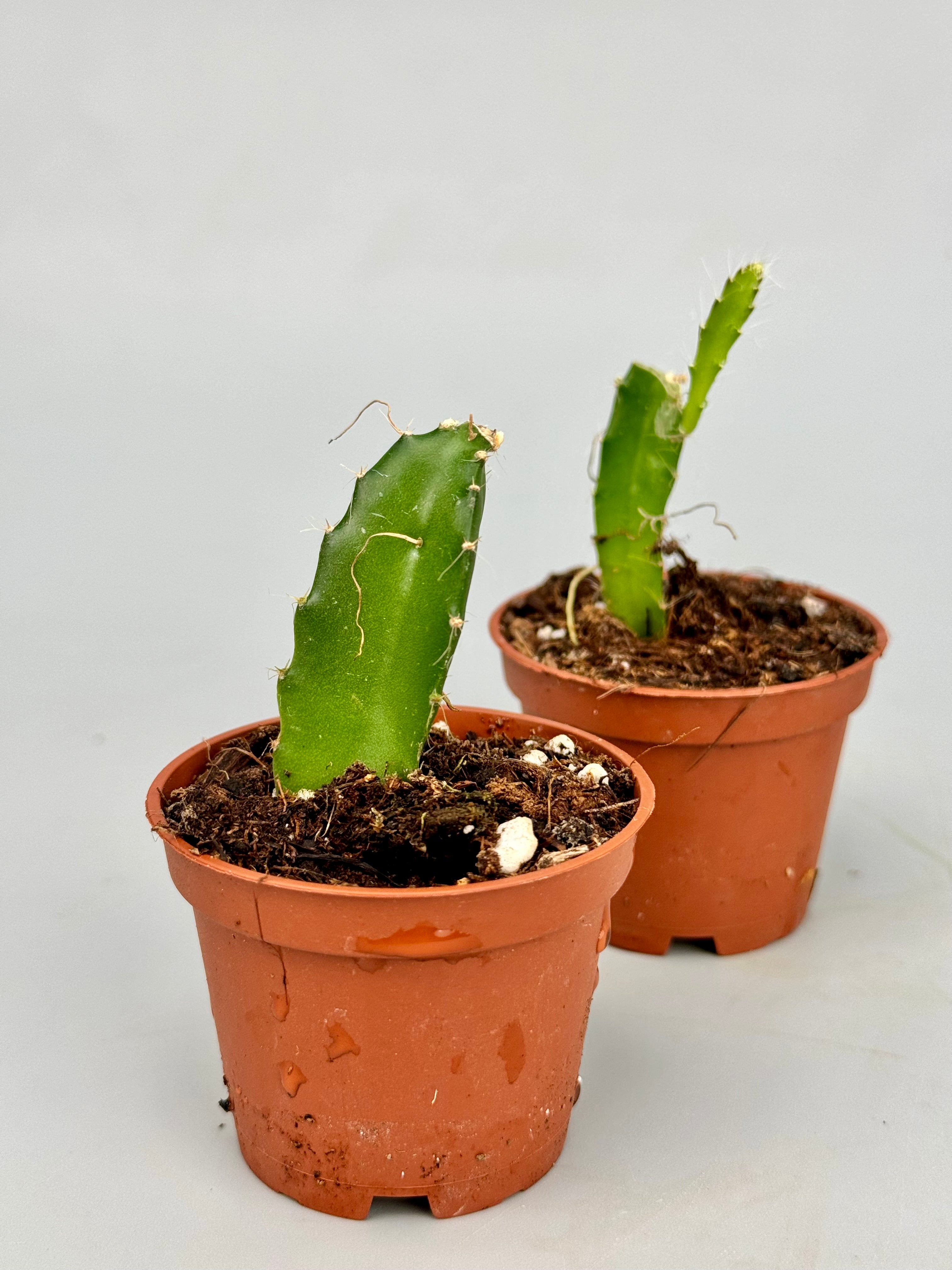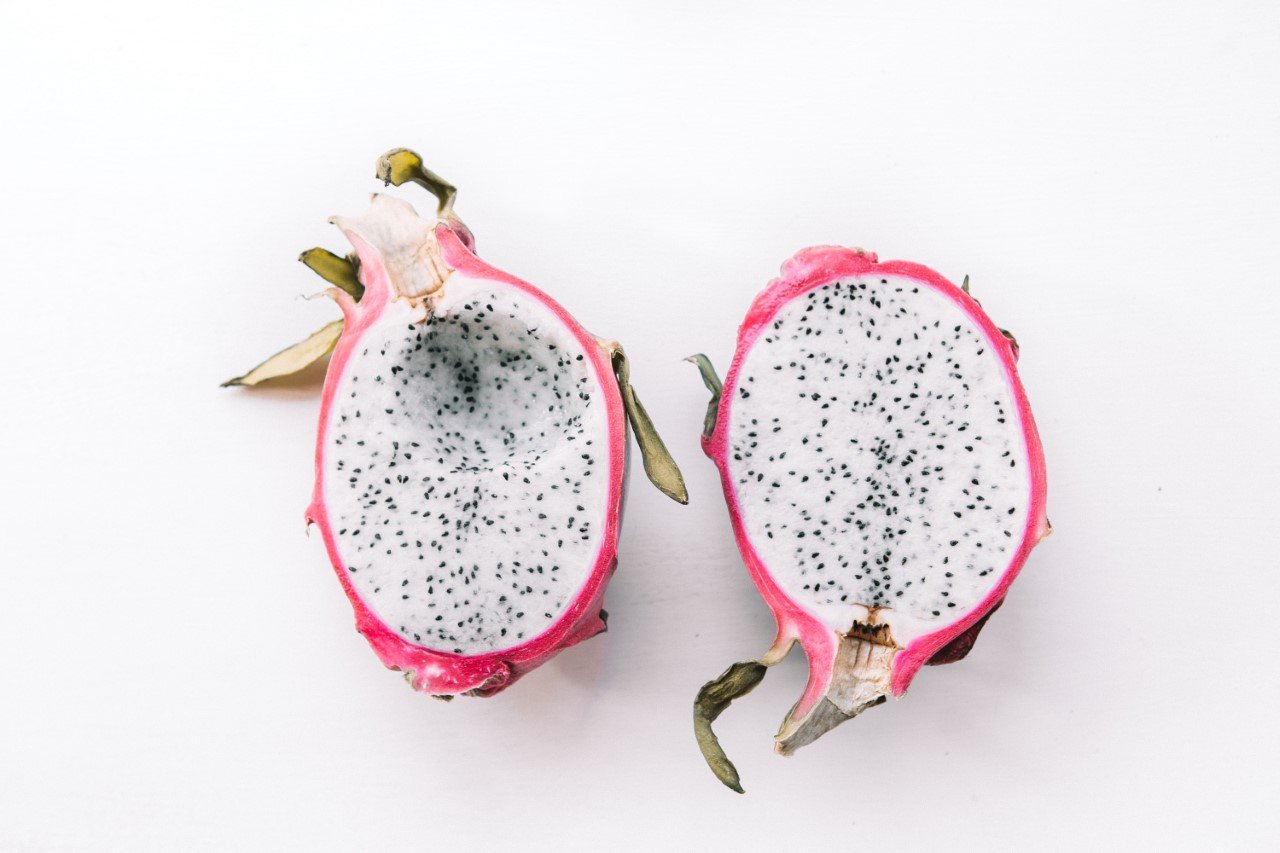By now there are already hundreds, or even thousands of species of special tropical plants for the home. Whereas in the rainforest they are simply found in the wild, here they are collected. The Monstera deliciosa Variegata and the Philodendron adansonii variegated aurea, for example, we know by now. But more unusual tropical plants are popping up every day. Often green plants are a bit easier to care for than variegata plants. Why that is and how best to care for a variegated plant you can read here:
Why is variegated often damaged faster?
DNA
Variegata in plants is usually an accidental "abnormality" in the plant's DNA. Locally, for example, a Monstera Variegata does not produce green pigment in its leaves. This makes the leaves whiter in those spots than in other pieces. The benefit of this is the beautiful white patterns on the leaf. These patterns are usually unique per leaf and provide a beautiful and unique look on each plant.
Chloroplasts
But one disadvantage is the fragility of the white patch on the leaf. This occurs in the Monstera Variegata due to a lack of chloroplasts. Leaf chloroplasts, along with the other organelles in the leaf, provide the strength of the leaf and the energy the plant needs to grow.
How do I preserve the spots in my plant's new leaves?
Leaf chloroplasts
It is difficult to keep the spots in the plant looking nice and neat. This has to do with the fragility of variegata. For example, the fewer chloroplasts there are in the leaves of a Philodendron Jose Buono, the more sensitive the leaves are.
Pruning
If, for example, a Syngonium Red Spot Tricolor starts to produce only green leaves, you can prune the leaves to where there are still variegata in the plant. That way, the new leaves are more likely to contain variegation again. It often prefers to grow from the leaf axils of leaves that contain variegated leaves.
Location
The plant can also slowly lose its variegated leaves when improperly cared for. Think of a too dark place in the house or a too cold place. Usually plants with variegata like a somewhat lighter location than other (green) plants. But be careful that the spots do not burn from direct sunlight! A variegata plant almost always needs filtered, indirect sunlight.
How do I prevent damage from care?
Careless
Many damages occur due to carelessness on the part of the caretaker of the plant. In particular, damage can occur during watering, due to the wrong temperature or the wrong place in the house.
Watering or misting
When watering, a drop of water on a leaf combined with bright sunlight can cause a brown spot. Light misting is then a good alternative. And it can additionally help to water the plant in the morning or evening when it is still dark or dusk.
Conclusion
Variegata is thus very beautiful to see in plants, but can also make for a bit more challenging care. We hope these tips help in the care of your beautiful green friend.

